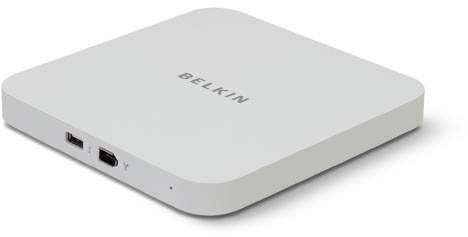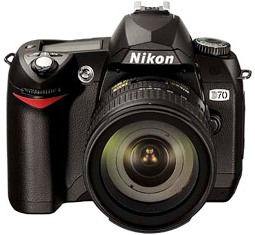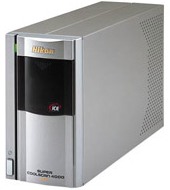This content is 18 years old. I don't routinely update old blog posts as they are only intended to represent a view at a particular point in time. Please be warned that the information here may be out of date.
One of the problems with the current Apple Mac Mini model is a lack of USB ports. Strictly speaking, not so much a lack of – 4 USB and 1 FireWire sounds plenty but the keyboard takes one of them (although the keyboard includes a 2-port USB hub, which I can use for my mouse, it’s not powerful enough for most devices), my external hard disk takes another, then there’s my iPod, my scanners, my video camera, etc.
If I had an Apple Cinema Display then the balance would tip back in my favour (as it includes a USB and FireWire hub), but I don’t – instead I saved almost £200 by not buying an Apple monitor and am very happy with my Fujitsu-Siemens Scaleoview S20-1W (incidentally, this seems to have dropped in price since I bought mine).
The trouble with most external USB hubs is that they come with a huge power brick, but for Mac Mini owners wanting to maintain the stylish appearance of their components there is an option – the Belkin Hi Speed USB 2.0 and FireWire 6-port hub for Mac Mini. Designed to be placed under the Mac Mini, with the same width and depth dimensions, it uses one of the existing USB ports and the existing FireWire port as uplinks and power sources, providing a net increase of 3 USB and 1 FireWire port, of which two ports (1 of each type) are positioned at the front of the unit – ideal for iPods and other often-removed devices.

The only drawback I found was that the supplied USB uplink cable didn’t reach to the uplink port – I guess Apple must have moved the ports when they redesigned the Mac Mini for Intel; but thankfully they work, regardless of whether I use the port marked “to computer”. The power indicator, which exactly matches the Mac in both location and style, is also a nice touch although I do wish the device had been given the aluminium finish of the Mac Mini rather than iMac-style white plastic.
There are alternative products available, some including additional hard drive capacity, but they are difficult to get hold of in the UK, and mostly seem to be much taller, with ugly manufacturer logos on the front, or huge power indicators.
There’s also a 4-port USB-only version, but the 6-port USB and FireWire hub seems a better option to me and it was only £29.99 (shop around on the ‘net and you should be able to get if for less than £25). Now… if only they made one in silver with a built in CF slot, and perhaps even room for a 2.5″ SATA hard disk drive, I’d be very happy!





 Last night I set up my
Last night I set up my